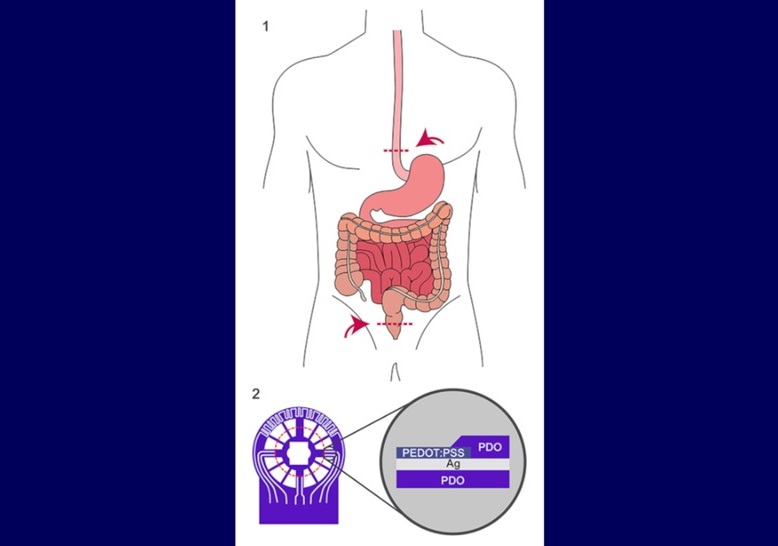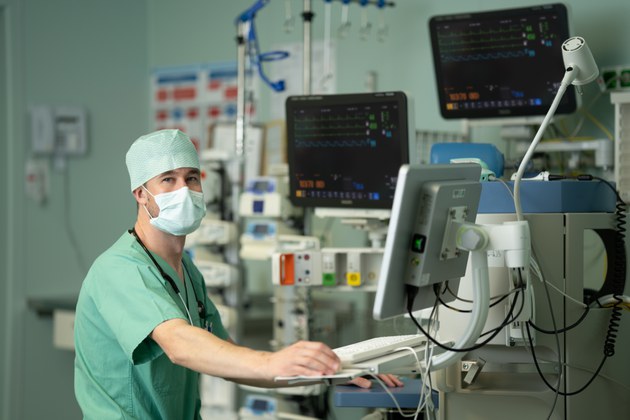UV Cube Disinfects Handheld Equipment and Devices
|
By HospiMedica International staff writers Posted on 03 Jun 2020 |
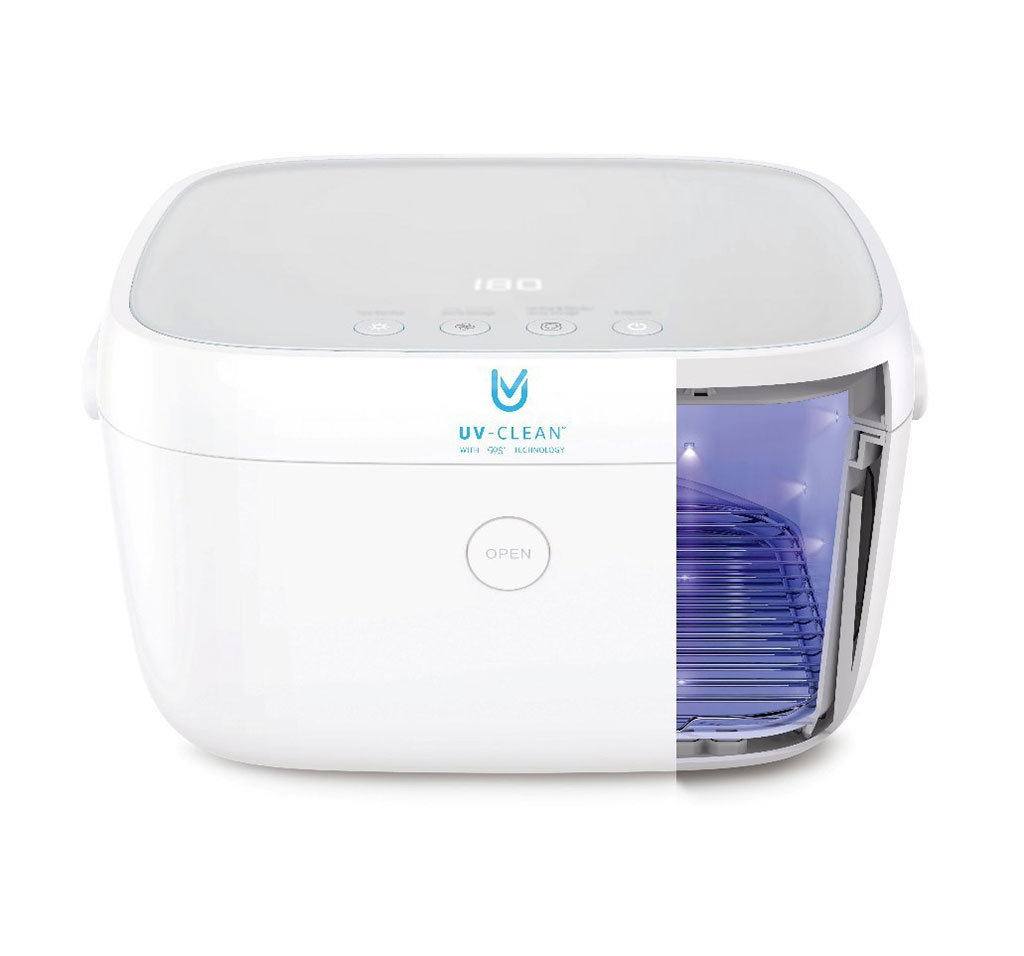
Image: The UV-Cube disinfection cleaning device (Photo courtesy of Proximity Systems)
A novel Ultraviolet-C (UV-C) cube shaped device provides a means of automatic tool disinfection, setting up a strong line of defense against the spread of infectious microorganisms on high-touch objects.
The Proximity Systems (Tomball, TX, USA) UV-Cube is a sleek, stylish 30X 27X15 centimeter device that features an internal rack with a 360-degree active cleaning area. In all, 40 UV-C light emitting diode (LED) bulbs are activated during the three cleaning cycle modes, which include UV-Clean, UV-Clean & Dry, and UV-Clean & Store. The three cycles provide additional users options that depend on specific needs and the type of items being disinfected. Operation involves simply placing the selected high touch items on the internal rack, choosing a cleaning cycle, and then retrieving them once disinfected or leaving them in the UV-Cube on the Store cycle.
UV-C light in the 254 nm wavelength induces the formation of pyrimidine dimmers from thymine and cytosine; these dimers in turn cause disruptions in microbial DNA, making genetic replication impossible, destroying the organisms or rendering them unable to reproduce. In recent laboratory tests performed at ResInnova Labs (Silver Spring, MD, USA), the UV-Cube device eliminated 99.9% of Methicillin-resistant Staphylococcus aureus (MRSA) pathogens after just one minute and 99.999% of Methicillin-resistant Staphylococcus aureus (MRSA) after two minutes or more.
“The reality is that germs do not discriminate based on industry. While disinfection is a primary focus in healthcare, our new heightened awareness around the need for disinfection of high touch public objects makes UV-Cube a necessary device to deal with the deadly pathogens found on these,” said Proximity Systems clinical scientist Steve Reinecke. “UV-Cube will not only help organizations keep employees safe and healthy, but it will provide peace of mind to employees and customers alike.”
“As more employers look to UV-C disinfection to keep employees, customers, and patients healthy and safe, we felt it was time to launch a new product that supported these efforts across all industries,” said Jeremy Goza, CEO of Proximity Systems. “UV-Cube is the ideal size for handheld equipment and devices, including phones, tablets, remote controls, keys, point of sale electronics and so on. Leveraging Proximity's UV-CLEAN technology, UV-Cube consistently cleans high touch items that otherwise act as reservoirs for harmful pathogens.”
Related Links:
Proximity Systems
The Proximity Systems (Tomball, TX, USA) UV-Cube is a sleek, stylish 30X 27X15 centimeter device that features an internal rack with a 360-degree active cleaning area. In all, 40 UV-C light emitting diode (LED) bulbs are activated during the three cleaning cycle modes, which include UV-Clean, UV-Clean & Dry, and UV-Clean & Store. The three cycles provide additional users options that depend on specific needs and the type of items being disinfected. Operation involves simply placing the selected high touch items on the internal rack, choosing a cleaning cycle, and then retrieving them once disinfected or leaving them in the UV-Cube on the Store cycle.
UV-C light in the 254 nm wavelength induces the formation of pyrimidine dimmers from thymine and cytosine; these dimers in turn cause disruptions in microbial DNA, making genetic replication impossible, destroying the organisms or rendering them unable to reproduce. In recent laboratory tests performed at ResInnova Labs (Silver Spring, MD, USA), the UV-Cube device eliminated 99.9% of Methicillin-resistant Staphylococcus aureus (MRSA) pathogens after just one minute and 99.999% of Methicillin-resistant Staphylococcus aureus (MRSA) after two minutes or more.
“The reality is that germs do not discriminate based on industry. While disinfection is a primary focus in healthcare, our new heightened awareness around the need for disinfection of high touch public objects makes UV-Cube a necessary device to deal with the deadly pathogens found on these,” said Proximity Systems clinical scientist Steve Reinecke. “UV-Cube will not only help organizations keep employees safe and healthy, but it will provide peace of mind to employees and customers alike.”
“As more employers look to UV-C disinfection to keep employees, customers, and patients healthy and safe, we felt it was time to launch a new product that supported these efforts across all industries,” said Jeremy Goza, CEO of Proximity Systems. “UV-Cube is the ideal size for handheld equipment and devices, including phones, tablets, remote controls, keys, point of sale electronics and so on. Leveraging Proximity's UV-CLEAN technology, UV-Cube consistently cleans high touch items that otherwise act as reservoirs for harmful pathogens.”
Related Links:
Proximity Systems
Latest Critical Care News
- E-Tattoos Harvest Energy and Monitor Health in Real Time
- Focused Ultrasound Tricks Tumors into Marking Themselves for Destruction
- World's Smallest Programmable Robot Opens Up New Possibilities in Medicine
- Remote Ventilate View Platform Enables Real-Time Monitoring of Patient-Ventilator Asynchrony
- Soft “Cyborg” Cardiac Patches Improve Stem Cell Heart Repair
- Soft Wearable System Offers Continuous Wireless Monitoring of Neonatal Health
- AI-Enhanced Wearables Could Transform Type 2 Diabetes and Prediabetes Care
- Breathable Electronic Skin Paves Way for Next-Generation Wearable Devices
- AI Transforming Colon Cancer Diagnosis
- Ventricular Assist Device Offers Long-Term Use in Children Waiting for Donor Heart
- Precision Approach Improves Immunotherapy Effectiveness for ICU Patients with Sepsis
- Soft Robots Could Donate Their Heart to Humans
- Bioadhesive Strategy Prevents Fibrosis Around Device Implants on Peripheral Nerves
- Miniature Non-Invasive Robotic Catheters to Improve Infertility Treatments
- Stick-On Patch Monitors Baby's Movements In Utero
- EEG-Based AI Technology Accurately Diagnoses Alzheimer’s and Dementia
Channels
Surgical Techniques
view channel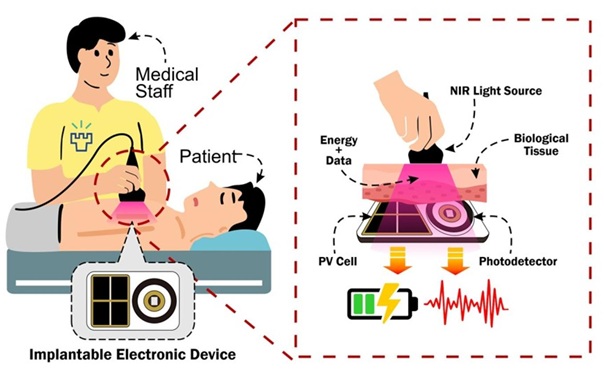
NIR Light Enables Powering and Communicating with Implantable Medical Devices
Implantable medical devices rely on wireless communication and long-lasting power sources to function safely inside the body, yet existing radio-based methods raise concerns around security, interference,... Read more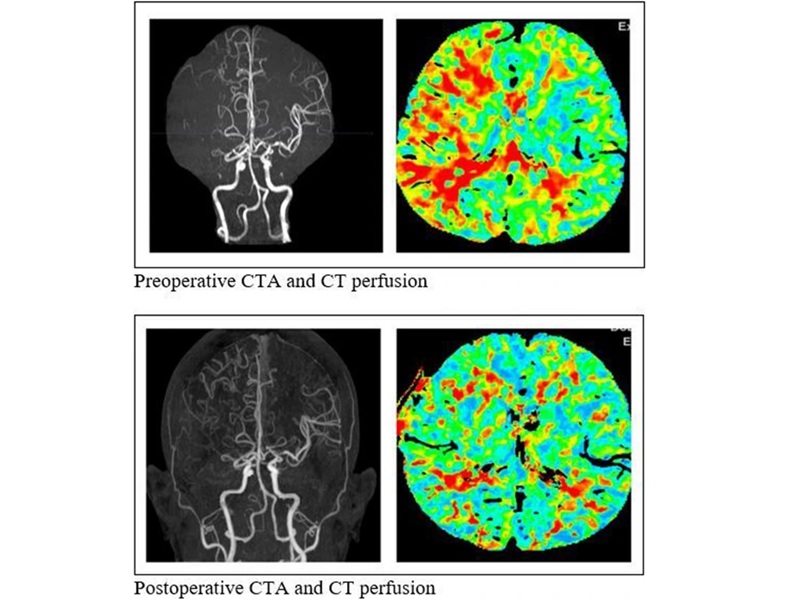
Simple Bypass Protocol Improves Outcomes in Chronic Cerebral Occlusion
Chronic cerebral arterial occlusion and moyamoya disease are major causes of ischemic stroke, particularly in regions where access to advanced diagnostic tools is limited. Assessing cerebral blood flow... Read morePatient Care
view channel
Revolutionary Automatic IV-Line Flushing Device to Enhance Infusion Care
More than 80% of in-hospital patients receive intravenous (IV) therapy. Every dose of IV medicine delivered in a small volume (<250 mL) infusion bag should be followed by subsequent flushing to ensure... Read more
VR Training Tool Combats Contamination of Portable Medical Equipment
Healthcare-associated infections (HAIs) impact one in every 31 patients, cause nearly 100,000 deaths each year, and cost USD 28.4 billion in direct medical expenses. Notably, up to 75% of these infections... Read more
Portable Biosensor Platform to Reduce Hospital-Acquired Infections
Approximately 4 million patients in the European Union acquire healthcare-associated infections (HAIs) or nosocomial infections each year, with around 37,000 deaths directly resulting from these infections,... Read moreFirst-Of-Its-Kind Portable Germicidal Light Technology Disinfects High-Touch Clinical Surfaces in Seconds
Reducing healthcare-acquired infections (HAIs) remains a pressing issue within global healthcare systems. In the United States alone, 1.7 million patients contract HAIs annually, leading to approximately... Read moreHealth IT
view channel
EMR-Based Tool Predicts Graft Failure After Kidney Transplant
Kidney transplantation offers patients with end-stage kidney disease longer survival and better quality of life than dialysis, yet graft failure remains a major challenge. Although a successful transplant... Read more
Printable Molecule-Selective Nanoparticles Enable Mass Production of Wearable Biosensors
The future of medicine is likely to focus on the personalization of healthcare—understanding exactly what an individual requires and delivering the appropriate combination of nutrients, metabolites, and... Read moreBusiness
view channel
Philips and Masimo Partner to Advance Patient Monitoring Measurement Technologies
Royal Philips (Amsterdam, Netherlands) and Masimo (Irvine, California, USA) have renewed their multi-year strategic collaboration, combining Philips’ expertise in patient monitoring with Masimo’s noninvasive... Read more
B. Braun Acquires Digital Microsurgery Company True Digital Surgery
The high-end microsurgery market in neurosurgery, spine, and ENT is undergoing a significant transformation. Traditional analog microscopes are giving way to digital exoscopes, which provide improved visualization,... Read more
CMEF 2025 to Promote Holistic and High-Quality Development of Medical and Health Industry
The 92nd China International Medical Equipment Fair (CMEF 2025) Autumn Exhibition is scheduled to be held from September 26 to 29 at the China Import and Export Fair Complex (Canton Fair Complex) in Guangzhou.... Read more












